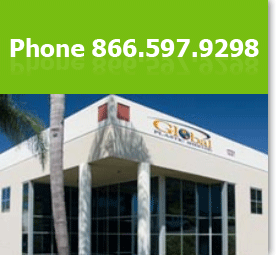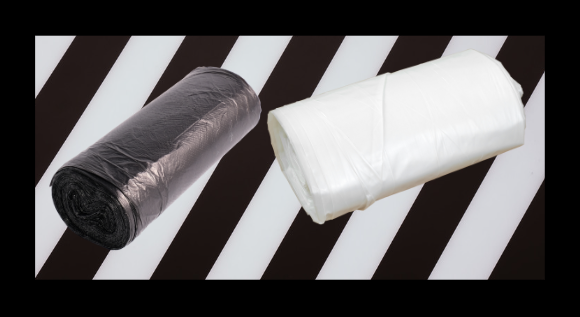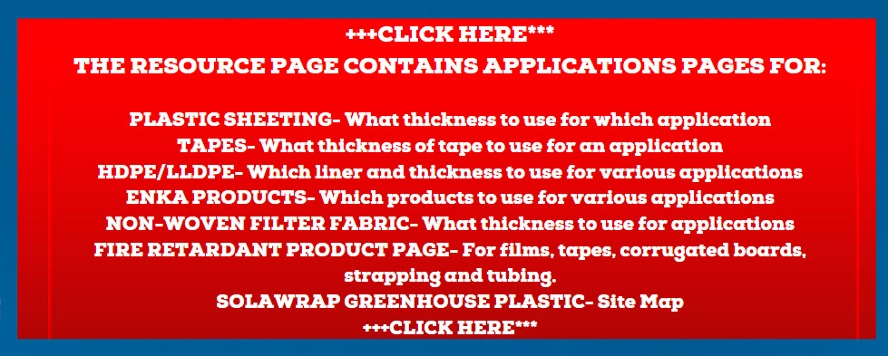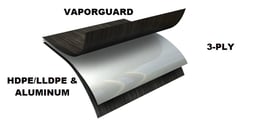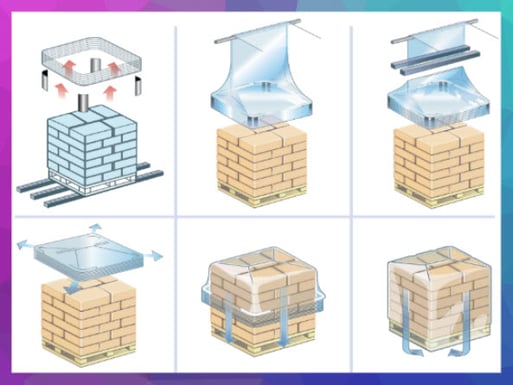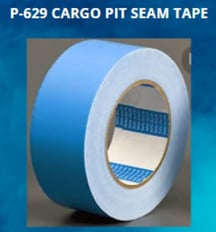Effective Drainage Systems

In the realm of construction, the importance of proper drainage cannot be overstated. Whether it's a towering skyscraper, an intricate network of tunnels, or a sprawling parking structure, effective drainage systems are vital for ensuring structural integrity, longevity, and safety. In this comprehensive guide, we delve deep into the world of drainage solutions, focusing particularly on Enkadrain and its diverse applications across various construction projects.
Understanding Drainage:
Before we delve into the specifics of Enkadrain, it's essential to understand the fundamental principles of drainage in construction. Drainage systems are designed to manage the flow of water, preventing accumulation and potential damage to structures. In essence, they serve two primary functions: removing excess water from the site and protecting the building from water infiltration.
Types of Drainage Solutions:
Drainage solutions come in various forms, each tailored to specific construction needs and challenges. Some common types include surface drains, subsurface drains, French drains, and composite drainage systems. While surface drains are visible and typically installed in outdoor areas to collect runoff water, subsurface drains are concealed underground, channeling water away from foundations and basements. French drains consist of perforated pipes surrounded by gravel, designed to redirect groundwater, while composite drainage systems like Enkadrain combine multiple layers to provide comprehensive drainage and protection.
Introducing Enkadrain:
Enkadrain is a leading brand of composite drainage systems widely used in the construction industry. It features a polymer drainage core connected to protective nonwovens, offering a robust and versatile solution for various applications. Unlike traditional drainage systems, Enkadrain provides enhanced performance and durability, making it a preferred choice for engineers, architects, and contractors worldwide.
Key Features and Benefits of Enkadrain:
Enkadrain boasts a range of features and benefits that set it apart from conventional drainage solutions. These include:
-
Superior Drainage Performance: The unique design of Enkadrain facilitates efficient water drainage, even under high hydrostatic pressure. Its polymer core effectively channels water away from the structure, reducing the risk of water infiltration and damage.
-
Versatility: Enkadrain is suitable for both horizontal and vertical applications, making it ideal for a wide range of construction projects. Whether it's basement walls, retaining walls, bridge abutments, or green roofs, Enkadrain provides reliable drainage solutions.
-
Protection and Filtration: In addition to drainage, Enkadrain offers excellent protection and filtration capabilities. Its nonwoven fabric acts as a protective barrier, preventing soil particles from clogging the drainage core while allowing water to flow freely.
-
Vibration Damping: Enkadrain helps mitigate vibrations caused by external factors such as traffic or construction activities. By absorbing and dissipating vibrations, it contributes to the structural stability and longevity of the building.
-
Hydrostatic Pressure Relief: Enkadrain is designed to alleviate hydrostatic pressure buildup, particularly in below-grade applications like basements and tunnels. By providing a pathway for water to escape, it reduces the risk of structural damage and flooding.
-
Capillary Layer: The capillary layer in Enkadrain promotes efficient water distribution and prevents moisture accumulation within the structure. This helps maintain a healthy and stable environment, minimizing the risk of mold and mildew growth.
Applications of Enkadrain:
Enkadrain finds extensive use across a wide range of construction projects, thanks to its versatility and performance. Some common applications include:
-
Basement Walls: Enkadrain provides effective drainage and protection for basement walls, preventing water infiltration and moisture buildup.
-
Retaining Walls: Retaining walls are prone to water pressure and soil erosion. Enkadrain offers a reliable solution by channeling water away from the structure and providing long-term stability.
-
Bridge Abutments: Enkadrain ensures proper drainage and protection for bridge abutments, mitigating the risk of soil erosion and structural damage.
-
Embankments: Enkadrain helps maintain the stability of embankments by preventing water buildup and soil erosion, particularly in sloped areas.
-
Tunnels: Tunnels require robust drainage solutions to manage groundwater and surface runoff. Enkadrain offers superior performance, ensuring safe and reliable drainage in tunnel construction.
-
Parking Decks: Parking decks are exposed to heavy traffic and environmental factors, making proper drainage essential. Enkadrain provides effective protection against water infiltration and structural damage in parking deck applications.
-
Green Roofs: Enkadrain supports the drainage needs of green roof systems, ensuring efficient water management and promoting healthy vegetation growth.
-
Artificial Sports Fields: Drainage is critical for artificial sports fields to prevent waterlogging and maintain playability. Enkadrain offers reliable drainage solutions, enhancing the performance and longevity of sports surfaces.
-
Concrete Slabs: Enkadrain is commonly used in conjunction with concrete slabs to provide effective drainage and protection against moisture-related issues.
Conclusion: In conclusion, Enkadrain emerges as a versatile and indispensable component in modern construction projects. Its advanced design, superior performance, and diverse applications make it the preferred choice for engineers and contractors seeking reliable drainage solutions. By understanding the principles and benefits of Enkadrain, construction professionals can optimize their projects for enhanced durability, safety, and sustainability.
